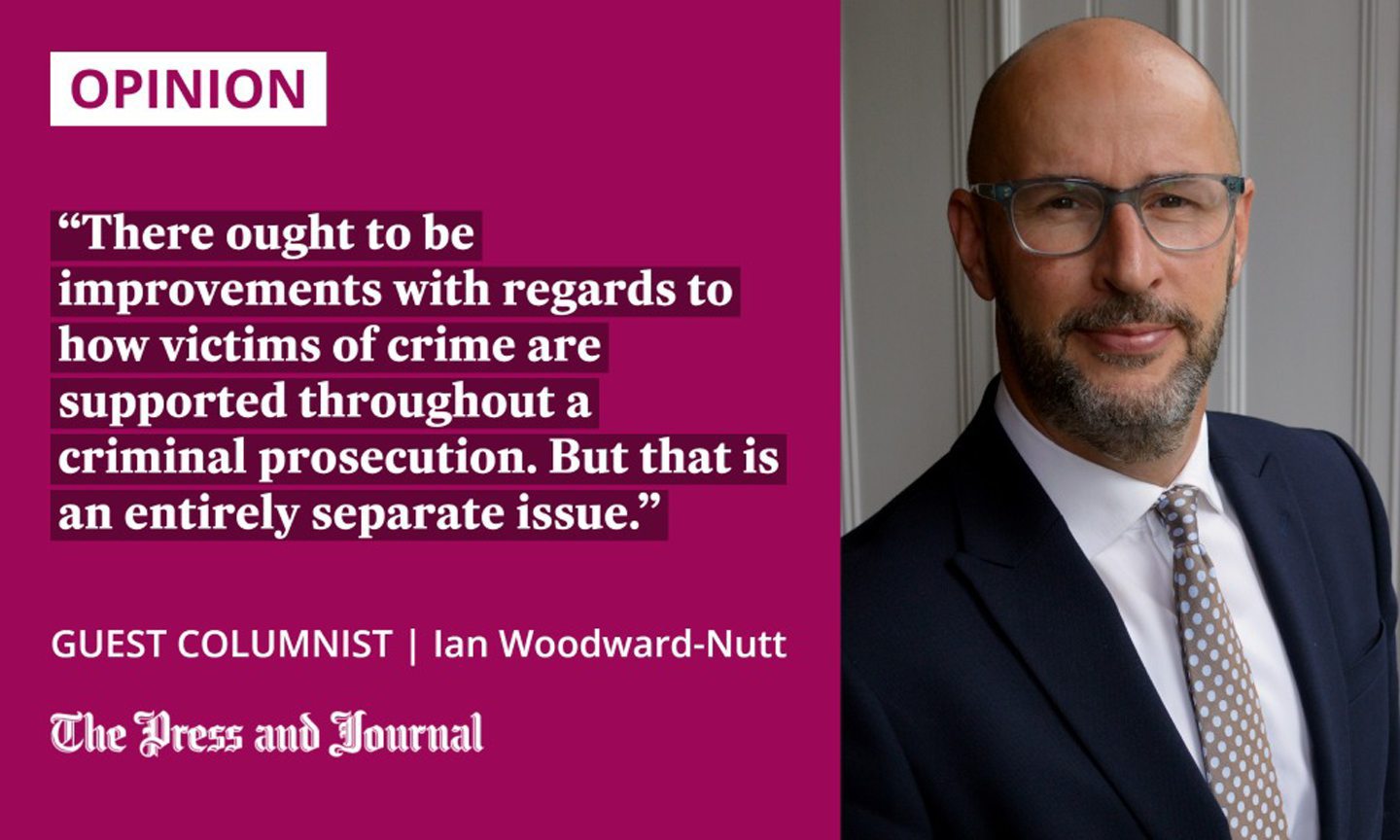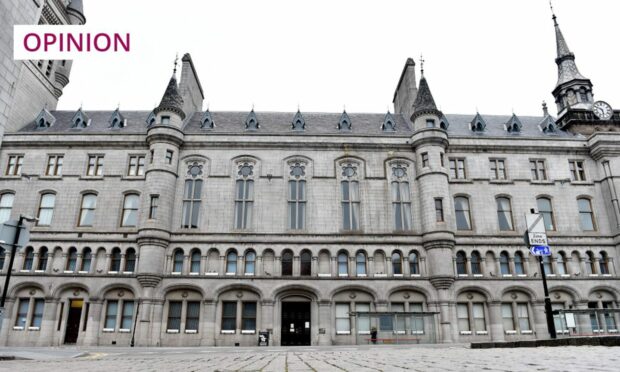In unison with defence lawyers across the country, members of Aberdeen Bar Association have made the difficult decision to refuse to act in rape cases prosecuted under the Scottish Government’s suggested experimental pilot scheme, which proposes the removal of juries in rape trials.
At the outset, it is important to remember why, for hundreds of years, we have had trials before juries in Scotland for the most serious criminal cases. Firstly, members of a jury bring to the decision-making process a breadth of real-world experience that cannot be replicated by a single judge.
Furthermore, a critical feature of trial by jury is that the decision over verdict is taken by an unnamed group of people. The decisions reached by anonymous juries are, therefore, protected from public scrutiny and pressure.
In the recent rape case of Sean Hogg, the judge’s role was to make a decision on the sentence to be imposed. It is relevant to consider that case in the context of what Holyrood is now proposing.
What the Scottish Government proposes to do, on an experimental basis, is to replace juries with a specific, named trial judge, who will inevitably be subjected to public scrutiny and, thus, pressure, relative to his or her decision on a verdict.

The starting point of this whole proposal stems from the government’s claim that we need to increase conviction rates in this specific type of case. That is a deeply troubling way to begin this process.
The controversy following Sean Hogg’s sentencing shows just the kind of pressures and public scrutiny that a judge’s decision can come under. We should try to imagine that type of attention being focused upon a judge who is making a decision on verdict in a rape case under this proposed pilot scheme. Then, over and above that, add to the equation the fact that the Scottish Government also intends to have an executive review of all decisions taken under the pilot by named judges.
The aim of such a review would be to establish if the single-judge decisions result in higher conviction rates. Never before have the decisions of Scotland’s criminal courts been subjected to this kind of political interference.
As a result, we say that this proposed pilot ought not to be allowed to proceed. It amounts to nothing less than a dangerous attack on the independence of our judiciary. It would create trials that would be unfair and potentially challengeable before the appeal courts.
Engineering the system to increase conviction rates is a bad idea
The Victims, Witnesses, and Justice Reform Bill makes other suggestions that will result in victims of crime being provided with more support. Lawyers accross the land wholly support these types of proposals. There remains room for improvement in the criminal justice system in such areas.
Over the last few years, because of under-resourcing and because of backlogs caused by Covid, criminal cases have suffered significant delays. There ought to be improvements with regards to how victims of crime are supported throughout a criminal prosecution. But that is an entirely separate issue from engineering the system to increase rates of conviction.
Given the nature of these cases, it is inevitable that it will be hard for a jury to be satisfied as to guilt beyond a reasonable doubt
I fear that our politicians are losing sight of an important issue pertaining to rape prosecutions. In these types of cases, it is difficult for the prosecution to prove a case to the high standard that is beyond reasonable doubt. This standard of proof aims to reduce wrongful convictions.
Frequently, in such cases, you have a background situation with two differing versions of events, and only two people – namely, the complainer and the accused – who will speak to what happened.
Given the nature of these cases, it is inevitable that it will be hard for a jury to be satisfied as to guilt beyond a reasonable doubt. That is not some defect in the system that requires rectification; that is simply the reality of prosecuting cases of this type.
Ian Woodward-Nutt is an Aberdeen-based solicitor advocate and vice president of Aberdeen Bar Association, which represents court lawyers in the north-east

Conversation